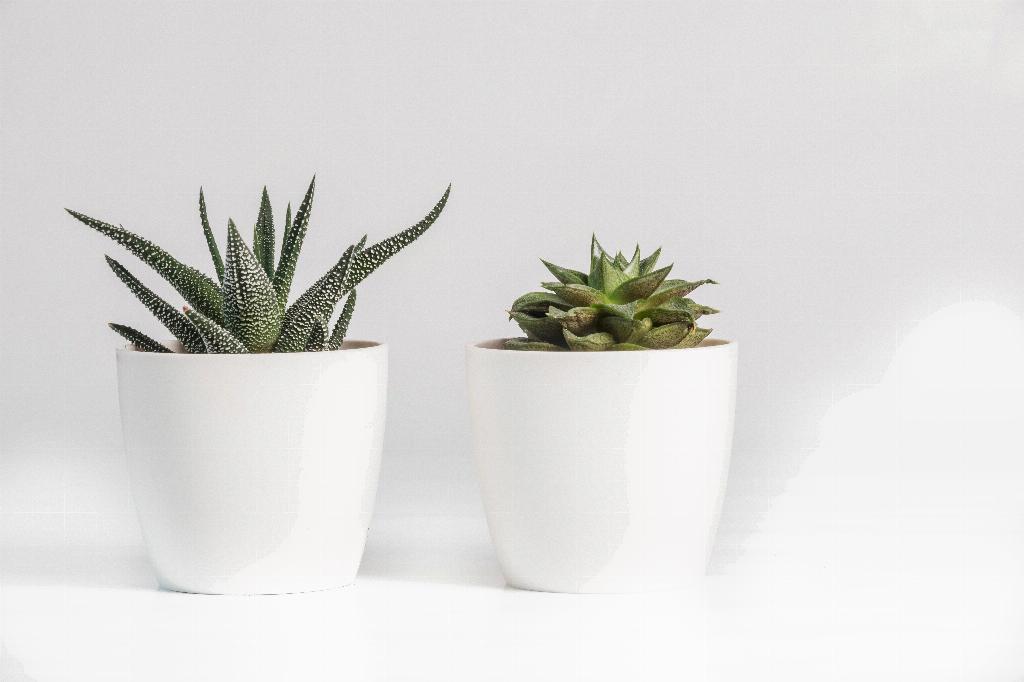When a succulent is overwatered, there are several visible signs that indicate a problem. One of the most common signs is mushy leaves, which can feel soft and squishy to the touch. Additionally, overwatered succulents may exhibit rotting leaves that appear brown or black around the edges.
Other Symptoms of Overwatering
Aside from mushy and rotting leaves, overwatered succulents may also experience leaves falling off the plant prematurely. The soil may become moldy, emitting a musty smell, indicating excess moisture. The soil itself might appear wet for prolonged periods, even when not recently watered.
Visual Indications of Overwatering
Visually, overwatered succulents often display yellowing, pale, or colorless leaves. The lack of vibrant color is a clear indicator that the plant is not receiving the appropriate amount of water and is suffering from excess moisture. The overall appearance of the succulent may start to look unhealthy or lack vitality.
Impact on Succulent Health
Overwatering can significantly impact the health of succulents. When a succulent is consistently overwatered, its roots may rot due to waterlogged soil, leading to further stress on the plant. This can inhibit the succulent’s ability to absorb nutrients and water properly, ultimately resulting in its decline.
Treating Overwatered Succulents
If you suspect that your succulent is overwatered, it is important to take immediate action to save the plant. Start by reducing the frequency of watering and allowing the soil to dry out completely between watering sessions. Repotting the succulent in well-draining soil can also help improve aeration and prevent further waterlogging.
Reviving an Overwatered Succulent
To revive an overwatered succulent, remove it from its pot and inspect the roots for signs of rot. Trim any rotting roots and allow the plant to dry out for a few days before replanting it in fresh soil. Ensure that the new pot has drainage holes to prevent water accumulation.
Preventing Overwatering in Succulents
To prevent overwatering in succulents, always check the moisture level of the soil before watering. Succulents prefer periods of drought between watering sessions, so allow the soil to dry out completely before providing water. Opt for terra cotta or unglazed pots that allow for better airflow and drainage.
Monitoring Succulent Watering
Keep a close eye on your succulents and monitor their growth and appearance regularly. If you notice any signs of overwatering, adjust your watering schedule accordingly. It’s essential to strike a balance between providing enough water for the succulent to thrive while avoiding excess moisture.
Seeking Professional Help
If you are unsure about how to properly care for your succulent or how to address signs of overwatering, don’t hesitate to seek assistance from a professional. Local nurseries or gardening centers may provide valuable insights and guidance on succulent care and maintenance.

Final Thoughts
In conclusion, identifying an overwatered succulent involves paying attention to various visible signs and symptoms, such as mushy leaves, rotting foliage, and unhealthy leaf coloration. By recognizing these indicators early on and taking proactive steps to address the issue, you can potentially save your succulent from further damage and promote its overall health and vitality.
